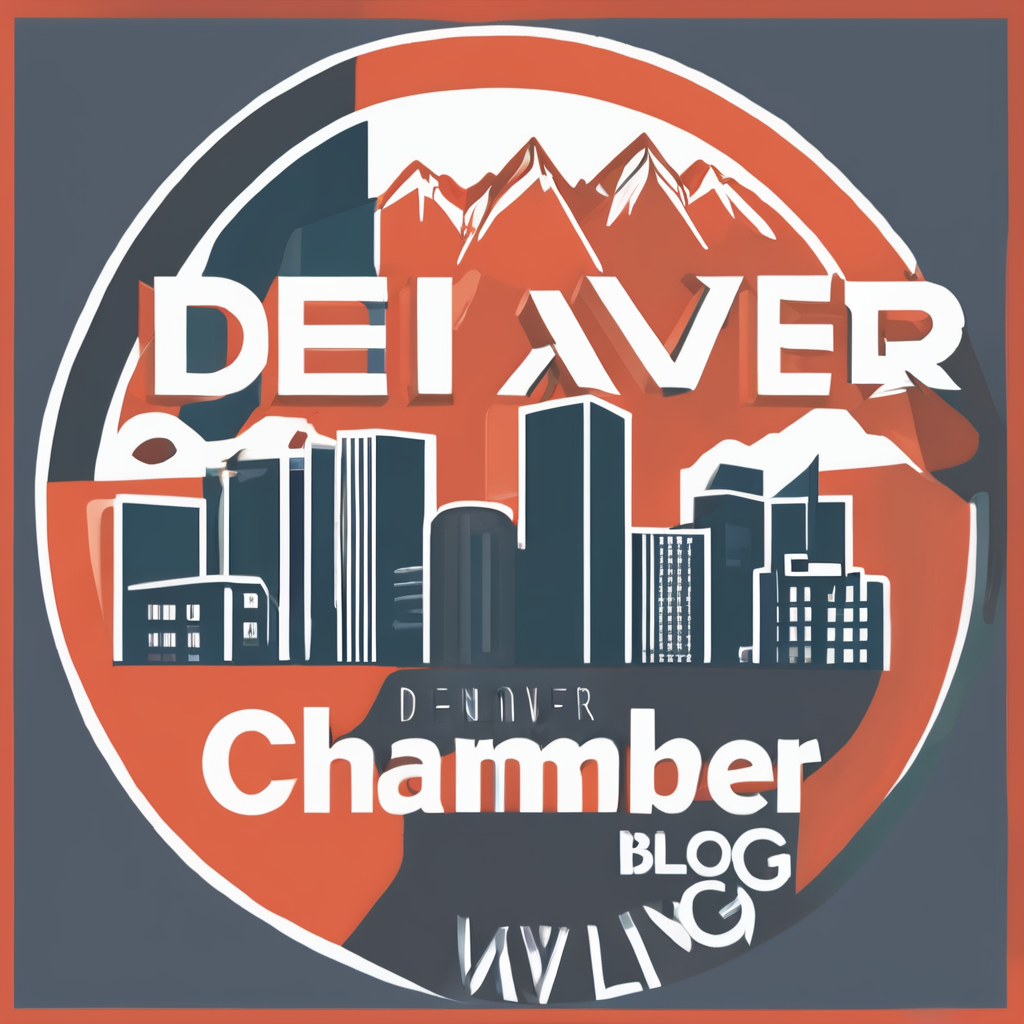Understanding the Post-Pandemic Landscape for UK Indie Theaters
Navigating post-pandemic audience behavior poses unique challenges for UK indie theaters. With shifting preferences, understanding these changes is crucial. Many theaters report a combination of reduced attendance and altered viewing habits, indicating a need for strategic adaptation.
Indie theaters face significant hurdles in maintaining audience loyalty. The pandemic has fostered new entertainment trends, prompting venues to rethink engagement strategies to retain audiences. Adapting to these changes often involves revamping programming and enhancing the overall viewing experience to meet evolving audience expectations.
In parallel : Elevate Your Seasonal Menus: The Ultimate UK Grocery Store Playbook for Leveraging Pinterest to Discover Irresistible Recipes
In the fiercely competitive arts landscape, building and sustaining audience loyalty trends is imperative. Theaters must prioritize creating a meaningful, personalized experience that resonates with attendees. Loyalty incentives, such as membership programs or exclusive events, can fortify connections with current patrons while attracting newcomers.
Additionally, theaters may consider forging partnerships with local artists or institutions to diversify offerings and broaden appeal. This approach not only enhances community involvement but also distinguishes the theater amid myriad entertainment options. Understanding and responding effectively to post-pandemic dynamics can foster resilience and growth in the indie theater scene.
Topic to read : Maximizing Creativity: A UK Pet Accessory Brand’s Playbook for Enhancing Product Highlights on Instagram Stories
Key Email Marketing Strategies for Audience Engagement
Exploring effective email marketing strategies is crucial for bolstering audience engagement within indie theater campaigns.
Segmentation Techniques
One powerful approach is adopting segmentation techniques. By targeting specific audience demographics, theaters can ensure that content is relevant and received well. Utilizing past attendance data for segmentation allows for refined targeting, matching messages with interests and behaviors observed in prior interactions. Tailored messaging, based on audience preferences, enhances connection and response rates. Recognizing the individuality of theatergoers, personalized content delivery can significantly improve satisfaction and engagement.
Personalization Tactics
Developing personalization tactics plays a pivotal role in engaging audiences. Crafting specific content personalized for recipients, such as addressing them by name and suggesting events based on past interests, can foster a stronger connection. Tools like automated personalization platforms make this task efficient and scalable, helping theaters to maintain a personal touch with large audiences. Examples of successfully personalized emails include those that sent tailored event recommendations or exclusive subscriber offers, demonstrating a clear advantage in driving engagement.
Automation in Email Campaigns
Implementing automation in email campaigns ensures timely, relevant communication without the extensive manual effort. Automation tools suitable for indie theaters vary in capabilities but are essential for streamlining processes. Best practices include scheduling emails for optimal times and using triggers based on audience interaction. Case studies highlight successes in automated campaigns, such as increased ticket sales from timely event reminders. These strategies simplify maintaining ongoing conversation with the audience, keeping them engaged and informed.
Crafting Compelling Content for Email Campaigns
In the realm of compelling email content, storytelling emerges as a potent tool in email marketing for indie theaters. Weaving narrative elements into campaigns can captivate and maintain audience attention, transforming mere updates into engaging stories that resonate with subscribers. Effective storytelling aids in forming emotional connections, making the audience look forward to each newsletter.
Visual strategies also play a crucial role. High-impact visuals enhance the storytelling by supporting the narrative and keeping it visually appealing. Careful attention to design elements, such as layout and typography, ensures that the message is not only seen but also absorbed. Think of visuals as cues that guide the viewer’s eye, enforcing key points seamlessly.
To illustrate, successful content examples include emails that combine vivid imagery with impactful narratives, such as backstage stories or insider insights into upcoming productions. This approach not only informs but also excites, fostering a deeper connection to the theater’s activities. Creating such experiential content elevates an indie theater’s email campaign, ensuring that each communication feels valuable and eagerly awaited by the audience.
Analyzing Audience Preferences and Behaviors
Understanding audience preference analysis is crucial for crafting effective email campaigns tailored to theatre-goers. One primary tool for acquiring behavioral insights is engagement analytics, which tracks how subscribers interact with emails. These insights reveal patterns in opens, clicks, and time spent on content, guiding theatres in refining their strategies.
To bolster email engagement metrics, theatres should focus on key indicators like open rates and click-through rates. Monitoring these metrics offers immediate feedback on what resonates with the audience, enabling theatres to adjust messaging and content accordingly. For instance, a decline in open rates could signal the need to revisit subject lines or send times.
Adaptation strategies based on audience feedback can profoundly impact engagement. By implementing surveys or feedback loops within emails, theatres can gather direct responses from their audience. This not only guides future campaigns but also reinforces a more interactive relationship with subscribers.
Moreover, segmenting audiences based on behavioral data enables personalized messaging, improving engagement by catering to individual preferences. By consistently analysing audience data and adapting strategies, indie theatres can enhance their email marketing efficacy, ensuring campaigns remain relevant and engaging in the post-pandemic landscape.
Successful Case Studies from UK Indie Theaters
Exploring notable indie theater case studies reveals innovative strategies for audience engagement and loyalty. These successful campaigns showcase both creativity and effective execution, offering valuable insights into enhancing theater experiences.
Case Study Overview
One prime example is a collaboration campaign with local artists. This approach not only increased attendance by 30% but also strengthened community ties. By integrating local talent, theaters managed to diversify audience demographics and tap into new cultural niches. This synergy was a standout element in audience loyalty trends, drawing sustained interest and encouraging repeat visits.
Another impactful campaign focused on personalized membership incentives. By offering exclusive previews and behind-the-scenes content, theaters built a rapport with patrons, enhancing engagement levels. This tactic not only increased membership sign-ups by 45% but also improved email engagement metrics significantly.
Lessons Learned
Campaigns often faced challenges, such as limited resources and the need for dynamic audience analysis. Success lay in balancing these constraints with strategic messaging and flexibility in content adaptation. Key recommendations include leveraging data-driven insights for precise targeting and utilizing storytelling to cement emotional connections. Overall, these case studies underline the potential for inventive solutions and the adaptability required to meet audience preferences in a competitive landscape.
Tools and Resources for Indie Theater Email Marketing
Navigating the landscape of email marketing tools can elevate an indie theater’s outreach efforts, ensuring effective engagement and communication. Choosing the right platform is crucial. Popular choices like Mailchimp and Constant Contact offer user-friendly interfaces ideal for theaters, allowing for seamless integration of audience data and automation features. These tools provide comprehensive analytics crucial for understanding and improving campaign performance.
Incorporating additional resources for theaters, such as webinars or online courses, can further enhance one’s knowledge of email marketing dynamics. Platforms like HubSpot and Coursera offer extensive modules on crafting impactful emails and leveraging audience engagement metrics. These resources empower theater marketers to remain abreast of emerging trends and techniques.
Moreover, continually updating strategies with new insights fosters creativity and adaptation in a rapidly changing landscape. Attending industry conferences or engaging in forums can provide valuable networking opportunities, leading to fresh ideas and collaborations.
It’s vital for indie theaters to harness these tools and resources effectively, using data-driven insights to refine their approaches. By staying informed and adaptive, leveraging the latest technologies, and being open to learning, theaters can significantly bolster their email marketing strategies.











